Author: Mathew Abraham
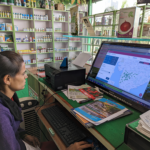
How Many FPOs Are There in India? How We Counted the Number of Farmer Producer Organizations
Farmer producer organizations (FPOs) have the potential to significantly aid smallholder agricultural development through the power of aggregation. In India, where most farms are smaller than a hectare, well-functioning FPOs can boost farm incomes through better market linkages and increased…

Developing a Conceptual Framework to Measure Institutional Capacity
Public plant breeding programs play a central role in tackling local food security challenges around the world, but how can we be sure that they are operating effectively and optimally at the institutional level? In this blog series, the Feed…
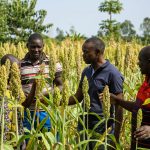
Improving Public Sector Plant Breeding for the Future of Food Security
Public plant breeding programs play a central role in tackling local food security challenges around the world, but how can we be sure that they are operating effectively and optimally at the institutional level? In this blog series, the Feed…
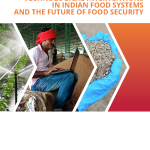
Technological Interventions in Indian Food Systems and the Future of Food Security
Technological Interventions in Indian Food Systems and the Future of Food Security is available for download in PDF format. With India on track to become the world’s most populous country by 2030, agricultural technology will play a vital role in ensuring that the country meets...
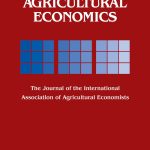
Food Systems Transformation in Asia – A Brief Economic History
Abstract Asia’s food systems have undergone rapid economic and socio-cultural transformations in the past 60 years. During the period, almost all the countries in the region eradicated famines and achieved food self-sufficiency and heterogeneous levels of poverty reduction. Food system transformation in Asian countries has...
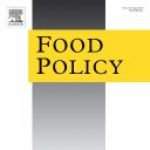
Aggregation Models and Small Farm Commercialization – A Scoping Review of the Global Literature
Abstract Aggregation models where small farms jointly access credit, inputs, information, and product markets are not new to global agricultural systems. For over a century, agricultural cooperatives worldwide have tried rectifying small farm disadvantages in market access. In the last two decades, newer aggregation models...
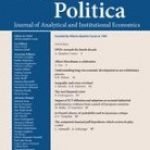
COVID-19 and Women’s Nutrition Security: Panel Data Evidence from Rural India
Abstract Read a policy brief based on this study. In response to the COVID-19 pandemic, India implemented a stringent nationwide lockdown. Although food value chains and allied activities were exempted from the lockdown, there were widespread disruptions in food access and availability. Using two-panel datasets,...
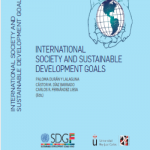
Getting to zero hunger: Learning from the MDGs for the SDGs
In International Society and Sustainable Development Goals, Chapter 5. Portada: Thomson Reuters. ARANZADI.

Unraveling India’s Malnutrition Dilemma – a Path Toward Nutrition-sensitive Agriculture
Abstract This chapter makes the case for India to shift to a nutrition-focused agricultural sector that goes beyond staple grain productivity to emphasize the production and consumption of micronutrient-rich foods. The chapter first reviews the nutrition trends in India, characterized by slow progress in addressing...
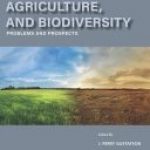
Climate Change and Food Security
Abstract This timely collection of 15 original essays written by expert scientists the world over addresses the relationships between human population growth, the need to increase food supplies to feed the world population, and the chances for avoiding the extinction of a major proportion of...

